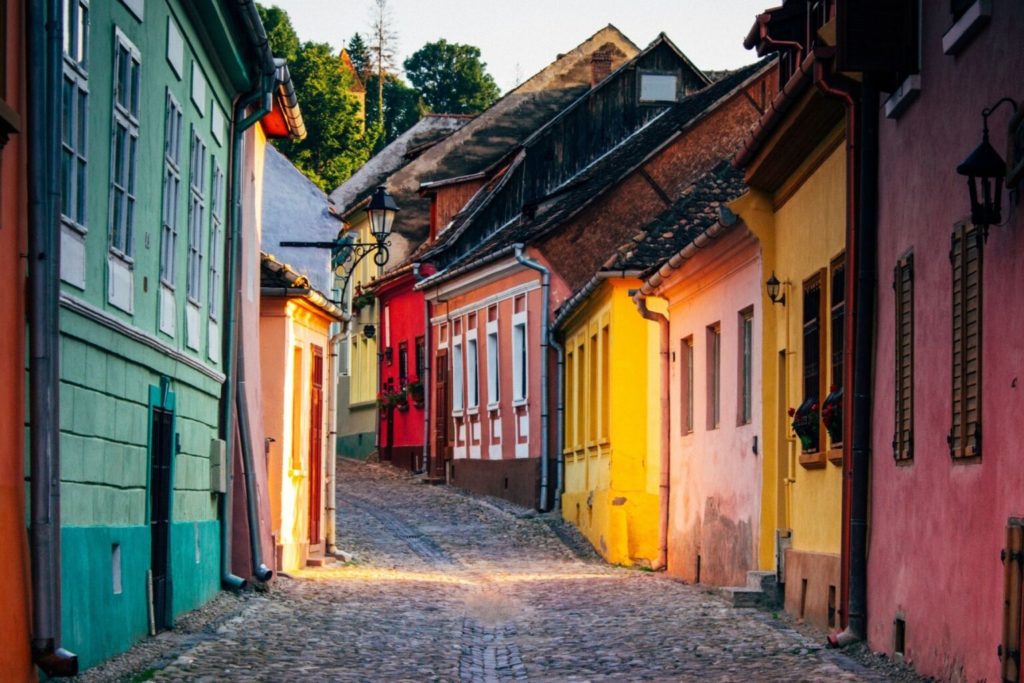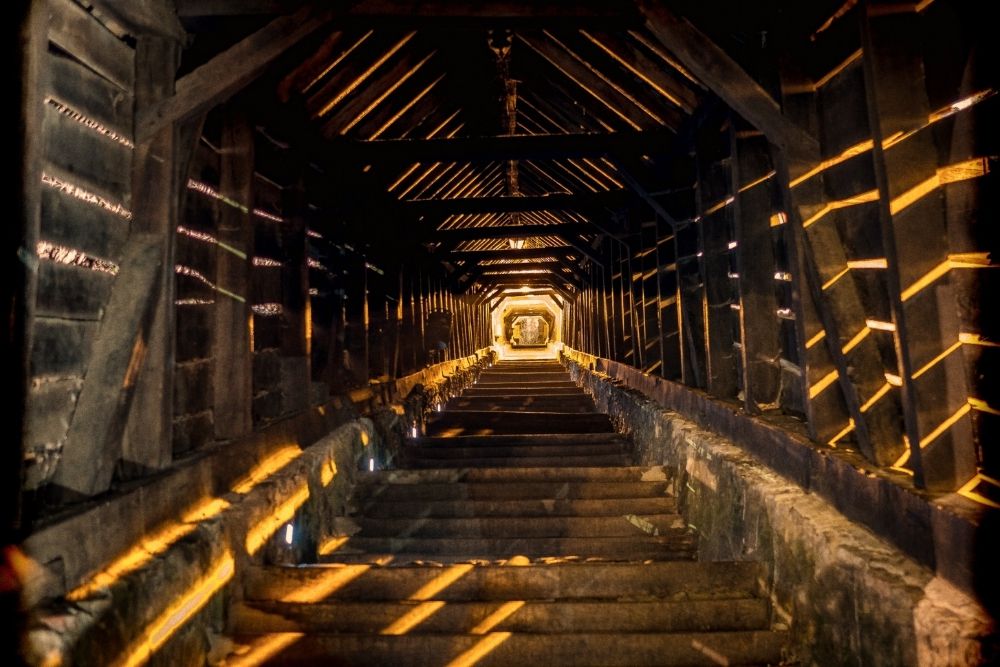Sighisoara is Romania’s best-preserved medieval town, a genuine Transylvanian tourist pearl, transformed in recent decades into a major attraction for Romanian and foreign tourists on holiday or traveling in the center of the country.
The city located in Mures county has a population of about 30,000 inhabitants and magnetizes its visitors with its historical center, included in the UNESCO World Heritage Site. Sighisoara was founded by German settlers (craftsmen and merchants) who arrived in Transylvania at the initiative of the Hungarian king Géza II. These were later known as the “Transylvanian Saxons.” The first documentary mention of the village comes from 1280, under the name Castrum Sex, which speaks about a settlement founded on the ruins of a former Roman castrum.

First fortified in 1350, Sighisoara has had a tumultuous history, including the birth of Vlad the Impaler (in 1431) and numerous attacks by various nations and groups, by plague epidemics or fires. More or less, all these interesting histories are found today in buildings and monuments in the old center of the village. For first-time travelers, here are 10 places to visit in Sighisoara, a mini-guide regarding what to do and what to see in the medieval jewel of Romania.
10 places to see in Sighisoara, Romania

To reach the Church on the Hill, you have to climb 178 steps on a staircase covered with shingles. Built between 1660-1662, after an idea of Mayor Johann Both, the staircase initially had 300 steps and was covered to protect the children who used it to reach the School on the Hill (that’s why they also called it the School Ladder). It was modified in 1849 and renovated in 1965-66.
Similar to a tunnel of beams pierced by daylight, the covered staircase has a legend, according to which the boy who kisses his girlfriend on each step of the ladder, pronouncing her name correctly, will become the official “chosen” one. In case he misses her name once, this chance is gone forever.



































